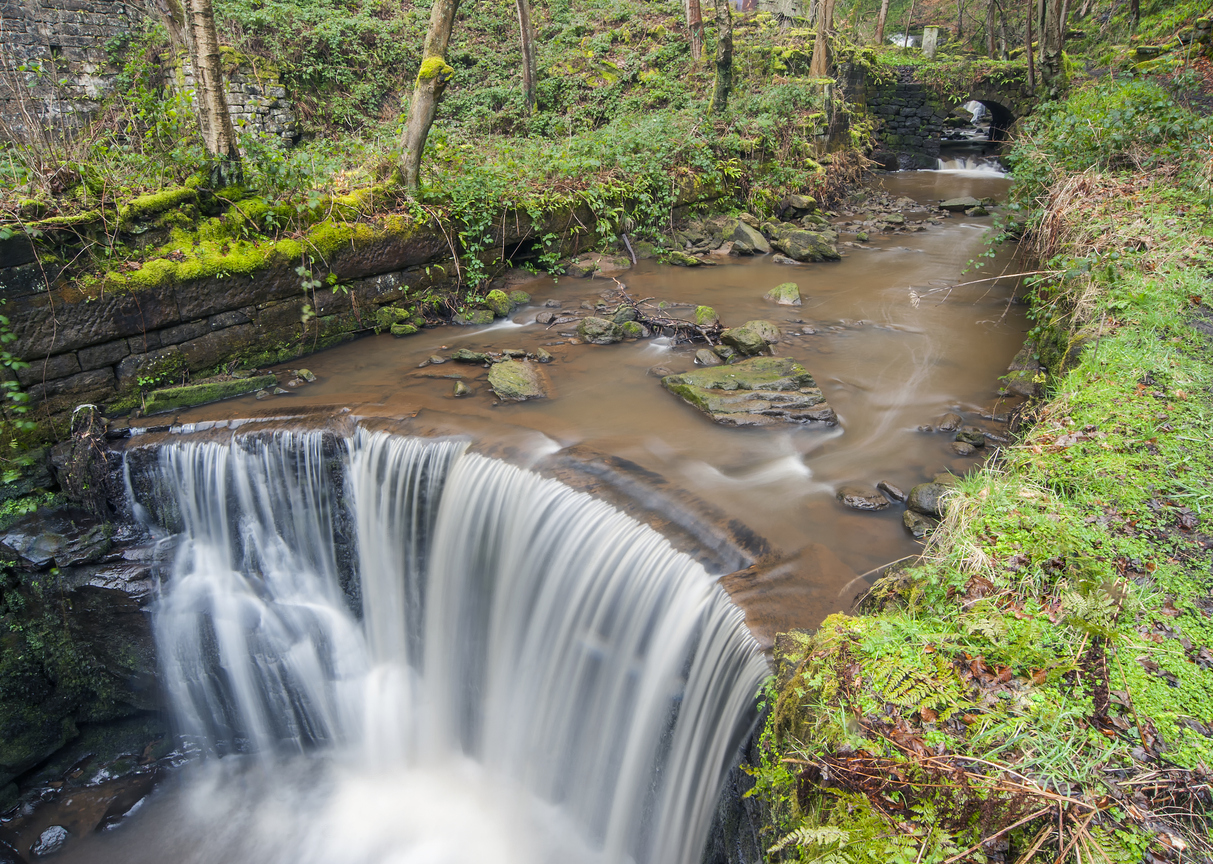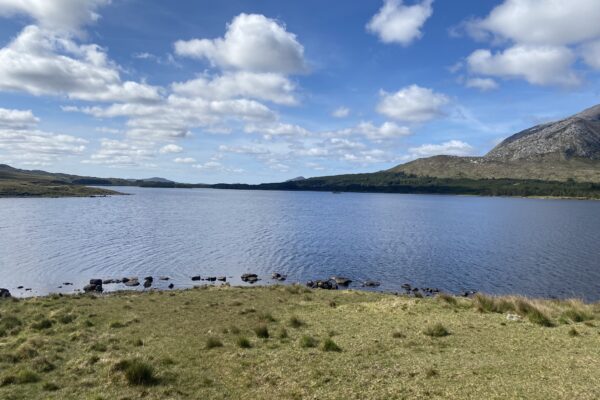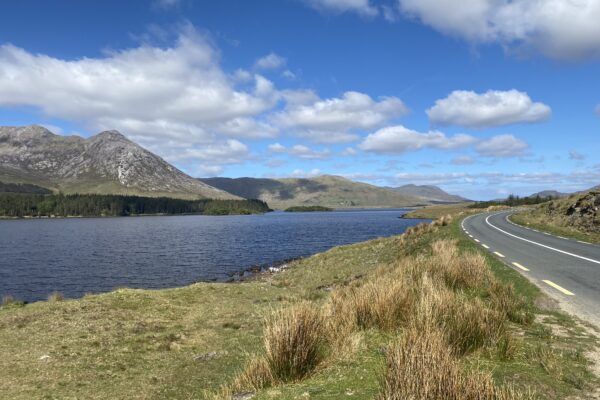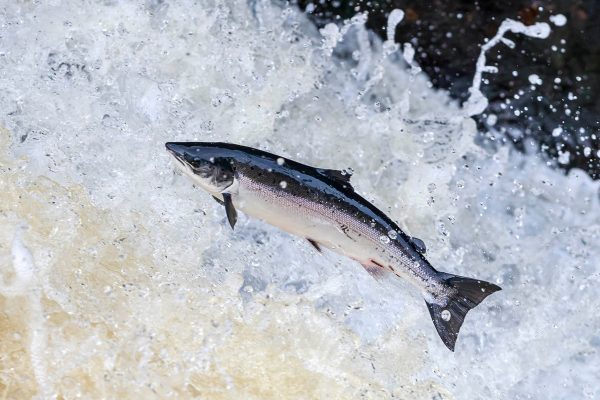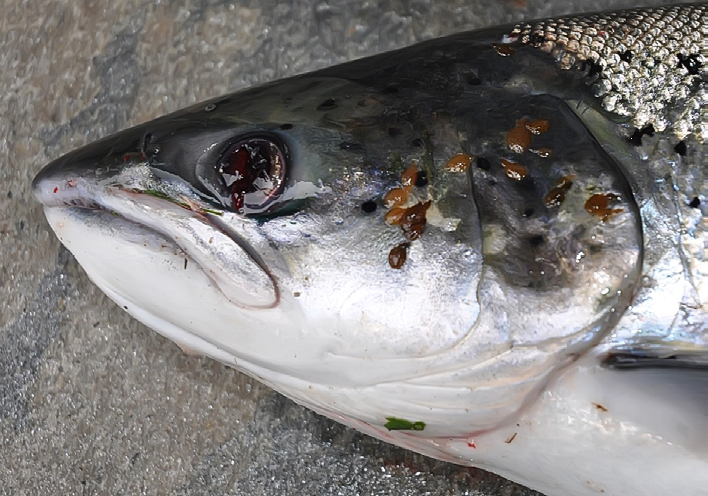This is a most revealing report and should be studied to ascertain trends evident in data. It must also be stressed that diffuse sources from agriculture are probably the biggest threat to rivers and lakes which requires a change to macro policy concerning agriculture. Finance can go a long way to upgrading and replacing urban waste water infrastructure. The overuse of water in Ireland is alarming with all water from houses and industry being discharged to treatment plants. The older plants also receive storm water which has certainly increased with climate related issues.
This study gathered and digitised data from 2107 fish kill events in Ireland, spanning more than 50 years from 1969 to 2022. Spatial data was available for 1738 fish kills.
• The number of reported fish kill events has decreased since reporting began in 1969 especially
when compared to the high levels of the 1980’s.
• Four phases of fish kills occurred in Ireland since 1969. The worst years for reported fish kills
were in the 1980s, particularly 1984, 1987 and 1980 respectively with a total of 347 fish kills
recorded. Since 1992 there has been a downward trend in reported fish kills.
The peak in fish kill reports in the 1980s coincided with an intensification of agriculture in
Ireland. Despite the downward trend since about 2012,there have been several relatively high
numbers recorded, mainly coinciding with the occurrence of heatwaves and droughts.
• Fish kills were more prevalent during the summer months, when warm weather and low water
levels exacerbated potential underlying problems within a channel.
• Common causes included agriculture, eutrophication, industry and municipal activities.
• Fish kill events were less frequent in the west and northwest and hotspots were particularly
prevalent in the east, south and the north midlands probably coinciding with intensive
agricultural activity and large urban centres.
• Fish kills occurred in every county since 1969. Counties Cork and Cavan had the highest
proportion of fish kills, while Co. Roscommon and Co. Westmeath had the lowest.
• In the 1970’s the highest number of fish kills (where spatial data was available) was reported
from Co. Tipperary and in the 1980s from Co. Cork. In the 1990s and 2000s, Co. Cavan had the
highest, and in the 2010s it was Co. Cork. Since 2020, the highest number has been recorded
in Co. Cavan, followed by Co. Cork.
• Since 1969, the Erne Catchment (Hydrometric Area 36) had the highest number of reported
fish kills. This was followed by the Lee, Cork Harbour and Youghal Bay (Hydrometric Area 19),
the Barrow (Hydrometric Area 14), Suir (Hydrometric Area 16) and Liffey and Dublin Bay
(Hydrometric Area 09) catchments.
• Across IFI’s fishery regions, the Eastern River Basin District (ERBD) had the highest number of
fish kill reports during the study period. Two river sub-basin waterbodies in the ERBD
(Avoca_020 and Avoca_010) had the highest number of fish kill reports. The Erne_080
(NWRBD), Feale_090 (ShRBD), Barrow_140 (SERBD) and Cavan_010 (NWRBD) were also
among the top six sub-basin waterbodies with the highest number of fish kill reports.
• Rivers were the most impacted waterbody followed by lakes.
Read Full Report:Full Report

